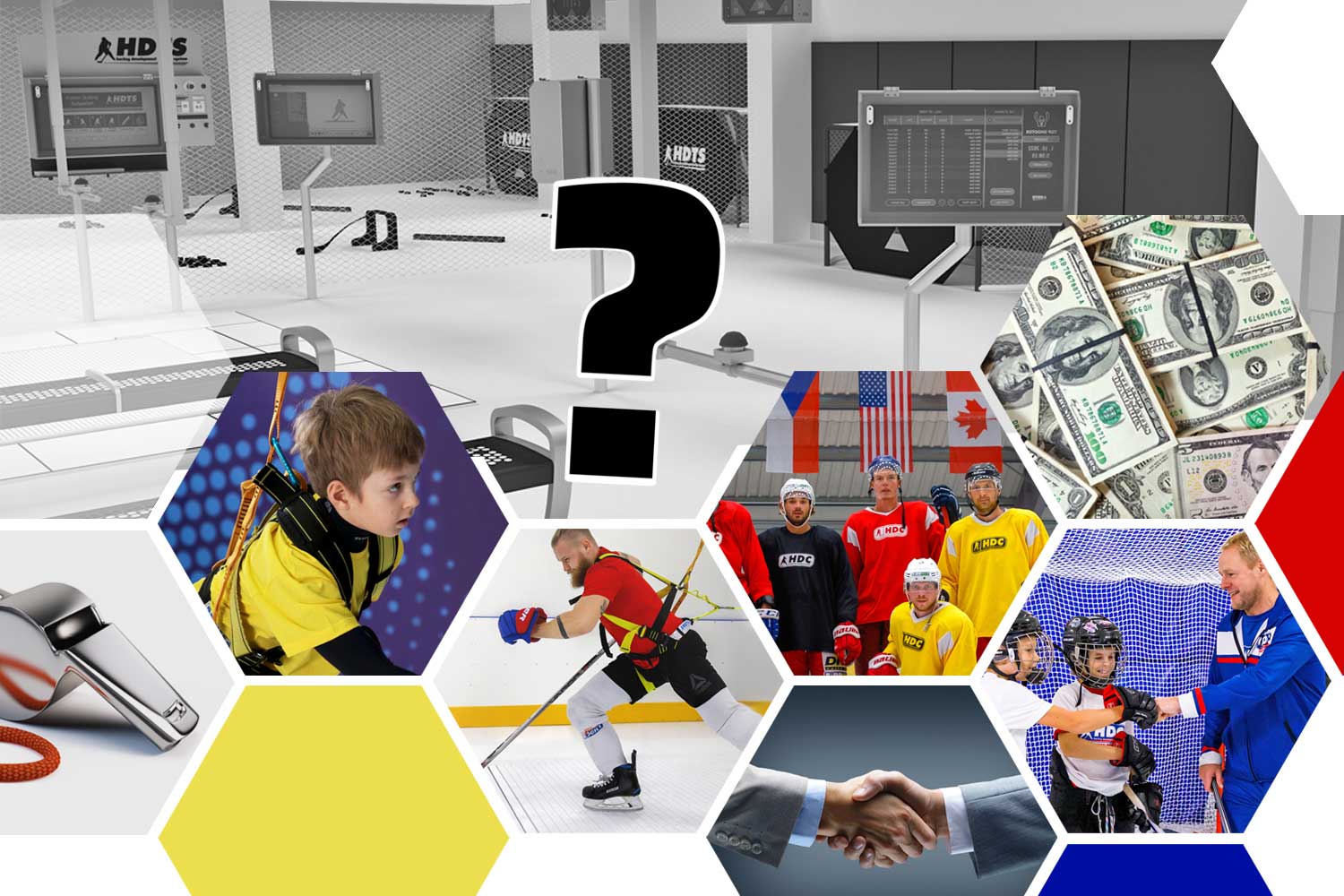
The modern hockey world is changing fast. Players are expected to move quicker, react smarter, and develop skills at a level that was once reserved only for professionals. That’s why specialized hockey training facilities are no longer just an optional add-on to ice practices; they have become essential. If you are a parent thinking about your child’s development, a former player exploring a new venture, or an investor evaluating opportunities in sports infrastructure, choosing the right hockey training facility can shape both athletic success and sustainable business outcomes. But how do you make the right choice in a crowded and competitive market?
The first question to ask is simple: who is this hockey training facility meant for? The answer determines everything else — from design and equipment to financial strategy.
Choosing the right facility always starts with aligning the user’s goals with the services available. A mismatch here can undermine everything else.
Not all training centers are built equal, and knowing the main types helps refine your expectations.
The trade-off is clear: smaller facilities can be cheaper and more accessible, while comprehensive hockey training centers represent a bigger investment but offer unmatched quality and results.
Once you know the type of facility, the next step is evaluating its core attributes.
Money matters, and understanding financial models helps both consumers and investors make informed choices.
For parents and players: Carefully check what is included in the price. Flexible memberships, drop-in sessions, and the structure of packages can be decisive factors. The right center should feel like a valuable investment, not just another bill.
For investors and potential facility owners: Revenue streams often go beyond memberships. Camps, specialized events, product sales, collaborations and sponsorship deals provide financial sustainability. Long-term ROI depends on strong design, ongoing support, and professional operational coaching.
A cheap option can be tempting, but in most cases, it is the quality of service, not the lowest cost, that makes the biggest difference.
To avoid mistakes down the road, always ask:
The answers reveal whether the facility you are considering is built for short-term hype or long-term success.
Every decision looks different depending on your role:
| Perspective | What to Value Most |
| Player/Parent | Visible results, player motivation, structured individual development, supportive environment |
| Owner/Investor | Business stability, scalability, strong supplier support (like HDTS), clear ROI |
Understanding these perspectives helps prevent disappointment, as expectations are aligned from the start.
Selecting the right hockey training facility is more than a practical decision — it is an investment in the growth of players, the future of the sport, or even a profitable and fulfilling business. The best choice balances emotion (trust, progress, motivation) with rational evaluation (technology, ROI, proven methodology).
At HDTS, we understand these challenges firsthand. With experience in over 20 countries, we provide solutions that combine cutting-edge technology, tested methodology, and full operational support. Whether you are choosing a facility for your child or planning to open your own hockey development center, we can help you make the choice that delivers real results.
If you are ready to take the next step, contact us to explore how HDTS can support your vision.